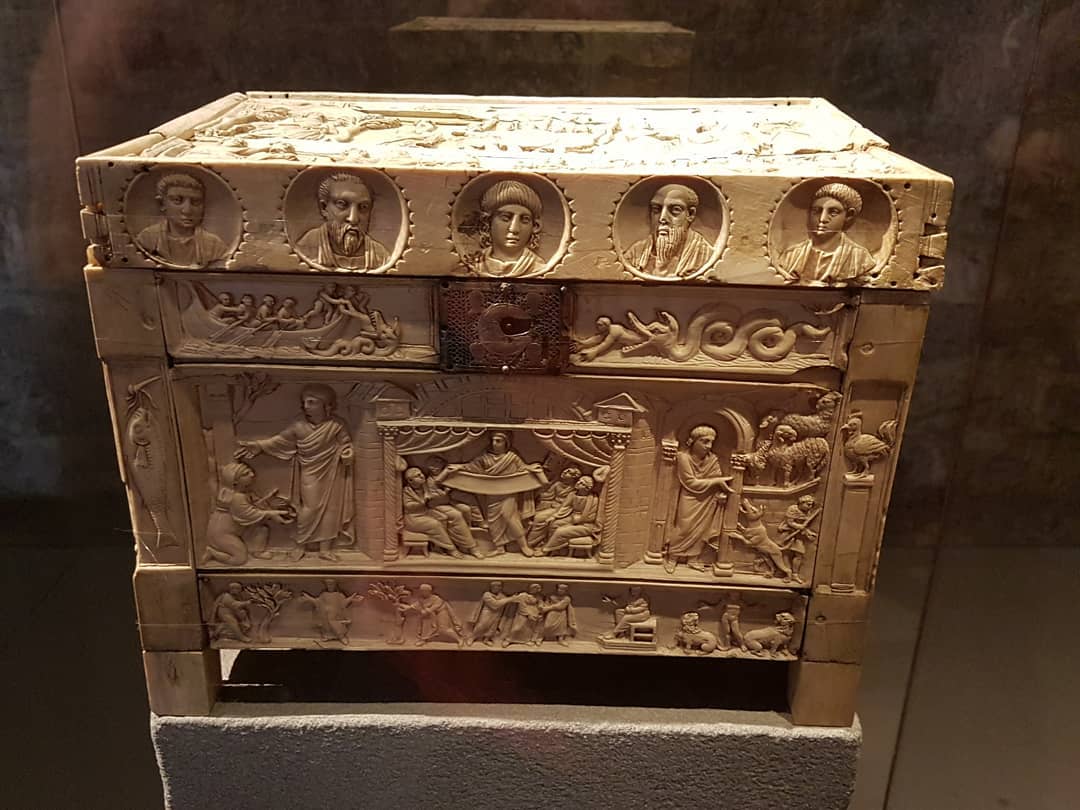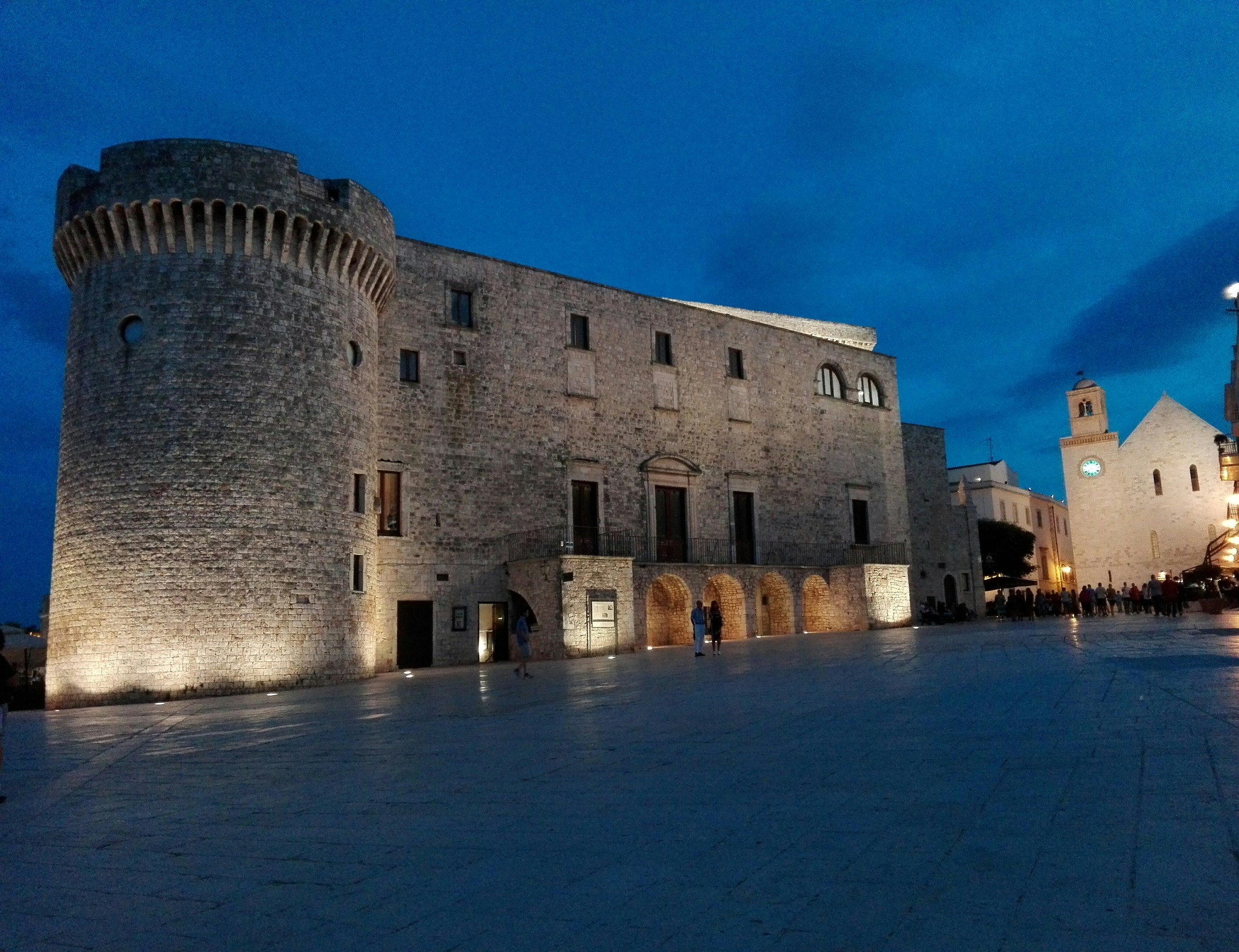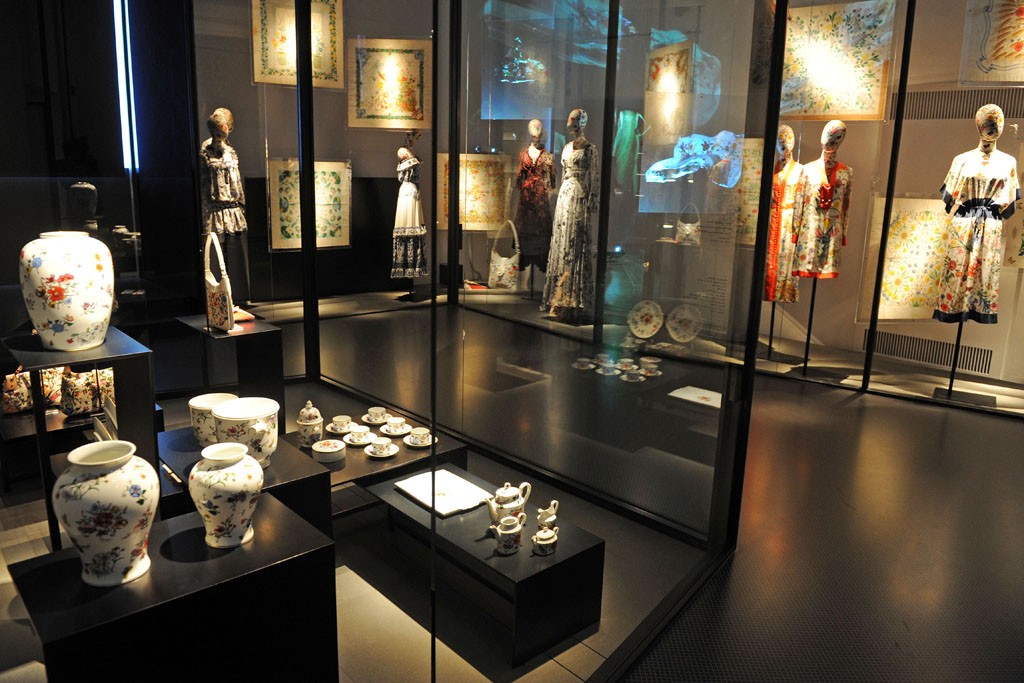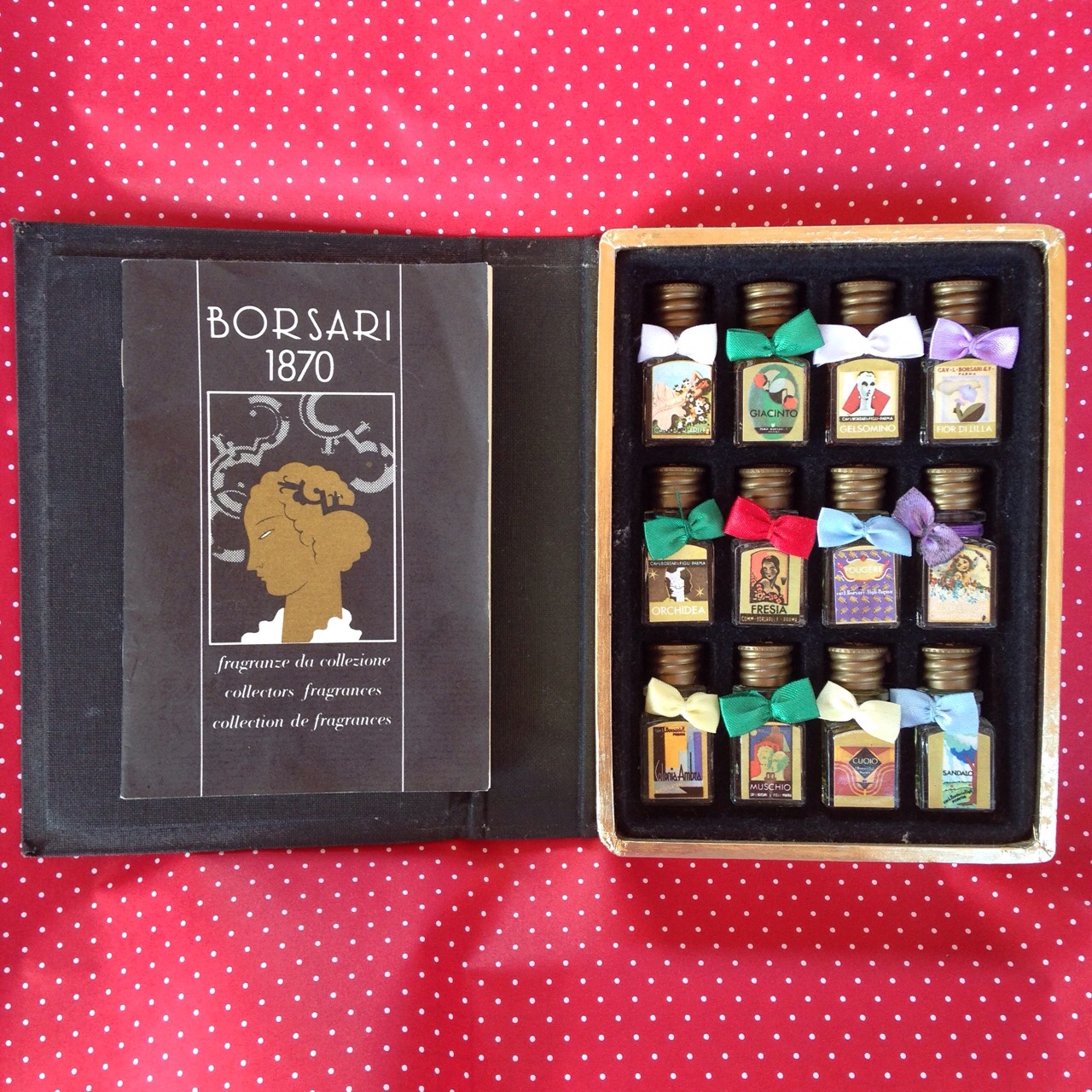Sober as a classical work, but evocative according to the canons of early Christian art, the Lipsanoteca, preserved since 1999 in the Romanesque oratory of Santa Maria in Solario, was part, together with the Cross of Desire, of the so-called Treasure of Santa Giulia, a collection of rare liturgical objects dating back to the origins of the monastery, which have accompanied, over the centuries, the life of the monastery.The lipsanoteca is presented as a decorated casket, which was to be used as a custody of precious relics, as can be seen from the etymology of the name itself, of Greek origin, composed of léipsanon, which means relic, and théke, or container. Made of ivory, rectangular in shape, it was made by a workshop in northern Italy, probably Milanese, in the second half of the fourth century, under the episcopate of St. Ambrose.













